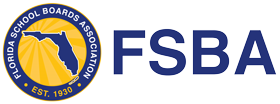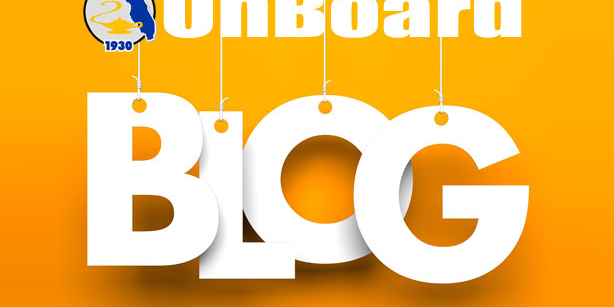Public Relations for School Districts
Communication is at the heart of your school district’s success. School boards need students’ families, as well as the larger taxpaying community, to know about the educational initiatives being implemented; to be excited about the great things going on in their local schools; and to understand the challenges public school districts face. As public education faces more intense scrutiny than ever, a good public relations program is a must.
Here’s What You Can Do
- Develop a formal communications policy. Effective school boards adopt written policies to guide their communication and public relations efforts and demonstrate their commitment to building strong relationships with parents and the community. This policy should include:
- A commitment to providing comprehensive communication and public relations in an open, honest way that meets the needs, interests, and desires of the internal and external public.
- Formal and informal procedures for disseminating information to internal and external publics.
- Guidelines for releasing information about individual staff members, students and clients.
- Communication responsibilities and procedures for managing a crisis.
- Procedures for responsibly interacting with the news media, including clarifying staff roles and responsibilities.
- Diversify means of communication. Facebook, Twitter, Instagram, YouTube and other social media venues have become critical tools in your communication toolbox. Social media promotes collaboration, sharing of opinions, listening and transparency. However, this does not mean that notes shouldn’t still be sent home in backpacks.
- Develop an e-mail blast list. This list should not only include students and their families, but other community members who are the connectors and can help get information out when needed.
- Make two-way communication a priority. A community relations program isn’t just about putting information out there; it’s about receiving it as well. Online surveys are a great way to keep in touch with what your community is thinking.
- Meet with key communicators. These are the “go-to” people, the connectors in your community. They should represent a cross section of the community, including: parents, teachers/staff, business leaders, senior citizens, clergy, alumni, youth organizations, sports leagues. civic associations, local business leaders and local government.
- Provide all board members with positive talking points. It is always a good practice to compile a list of district accomplishments for board members to be able to share when they are speaking with the public.







